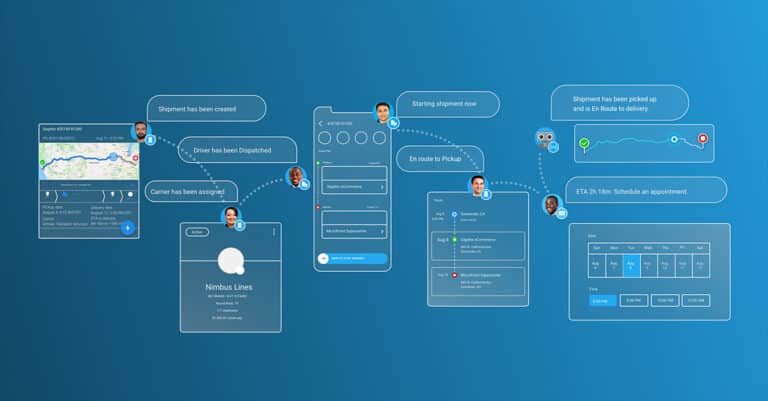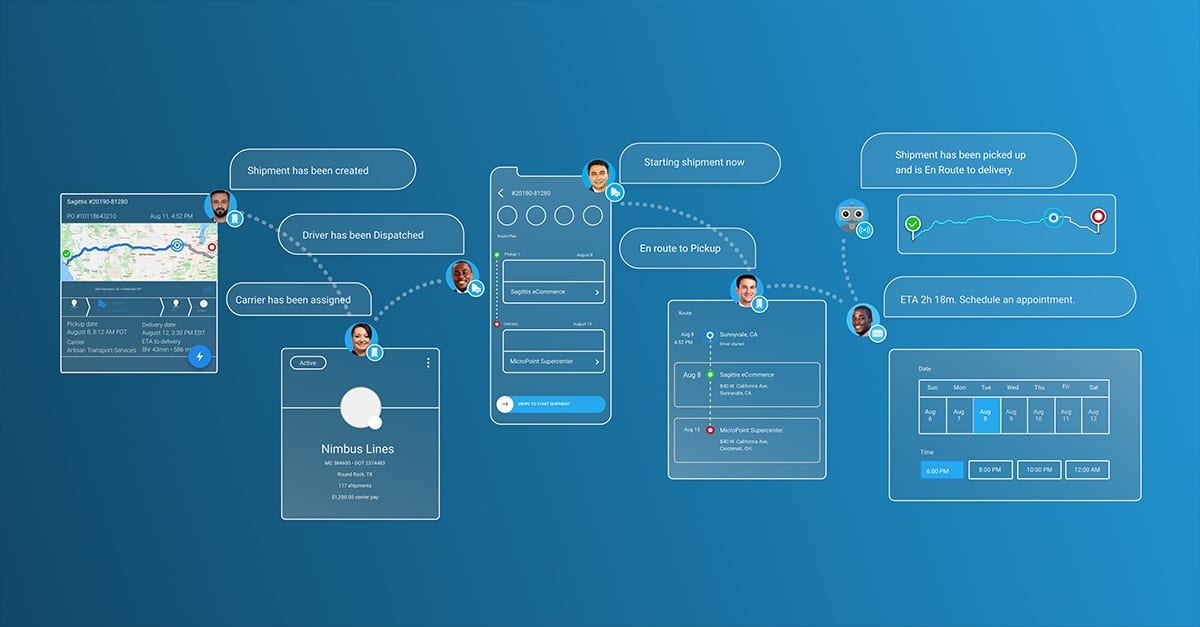What to consider before making a decision
TMS software is an essential part of 21st-century companies. Currently, it is not feasible to plan a business project that does not depend to a greater or lesser extent on digital tools, and it is evident that this trend is only accentuating over time. Therefore, choosing the right software is a critical issue in all phases of a company, both in its initial moment and when it comes to growing and expanding. This is even more relevant for shippers who must make, manage and monitor large quantities of shipments.
At this point, it is common to ask whether it is preferable to explore the different TMS software options on the market or to build a custom tool in-house. Let’s see some of the essential questions that need to be asked at this point:
- Is the need you are trying to solve unique to your sector or even your company?
- The primary function of the software you need is something so specific that there are hardly any commercial solutions on the market. However, this is something increasingly rare. Software companies today have reached a level of niche specialization that it is unlikely that there is not at least one possible commercial option in the market.
- Can the company meet the costs of a software creation project?
- Software development is expensive, and it is common for initial cost estimates to fall short very early in the process. It is vital to consider all the factors involved in a project of these characteristics, such as personnel, hardware, project management, and testing/updating costs since the final sum can be much higher than the initially estimated amount.
- Can the company dedicate extensive amounts of time to this project exclusively?
- As with economic forecasts in software projects, time forecasts tend to skyrocket. In the industry, it is considered that the average duration of a project of this type is usually between 50% and 100% higher than initially planned. This means that if the tool being built is central to the organization’s business activity, alternative ways of carrying it out will have to be found while the software is being implemented.
The best option to obtain the necessary software will depend on the answer to these questions. If the responses are negative, the best choice is almost certainly to go for commercial software.
Specialized commercial TMS software
There are so many technologies available today. They change so fast that it is difficult for a company that is not dedicated to developing applications to keep track of them, study everything new, and implement the needed changes. More and more applications are available to cover the information requirements in the business. Nobody today would think of designing a word processor or a spreadsheet in-house. It would be safe to assume that almost nobody would develop transactional applications for managing resources (money, materials, people) with ERPs available everywhere.
Buying TMS software generally refers to acquiring a tool containing generic functionalities that have not been developed specifically for an organization but instead thinking about the best standard practices in most companies in the sector. The volume of work allows these companies to hire experts or specialists in each area, which means that their software can be implemented without conflicts in any organization. As a result, its scope will always be greater than what could be achieved with a simple work team.
However, if a company is considering creating in-house software, it is essential to validate corporate policies. If it already has a development department, the organization must analyze if they have time or if it’s profitable to develop the necessary application. Additionally, it is required to determine if it is feasible to get the application on the market. If the answer to all this is negative, it will be necessary to implement the internal capacity to develop the solution.
What is a software development project?
It should be clear that if the decision to build software in-house is taken, the team will have to be set up as if it were a company that produces computer solutions. It will have to incorporate design, testing, version control, implementation, technology research, documentation, and many other activities that a software house must face.
But there are other difficulties along the way. Let’s say a carrier puts up a new API and deprecates the old one. There’s a good chance they aren’t notifying every stakeholder about this change. So once the organization notices the update, they need to get the new documentation and get all partner integrations back up and running so all clients are connected and up to date.
The world of SaaS (software as a service) is becoming more and more niche. There are tools for just about anything, especially in the logistics industry. Chances are there’s a product in the marketplace that was made just for your industry and addresses the specific problem you’re trying to solve. Buying a tool lets the organization focus on its strengths and requires less staff, perhaps a single administrator, to make it work. For a company that handles a large number of shipments, this can be a considerable time and cost-saving decision.
Most of the support falls back on the software company to maintain the tool, add innovations, and troubleshoot problems. They likely have an onboarding process that can get your team running on their platform within just a few days. These tools are conceived and created for a specific sector, so they usually include everything companies need. For a shipping company, for example, having software that provides maximum visibility to the end customer can make a big difference. The ability to track any shipment in real-time would be a cumbersome task to incorporate in a custom-made software product but is usually included with many cloud-based SaaS solutions.
While customization is an attractive concept, using a commercial tool like Turvo is almost always positive. By using an established solution, businesses can also learn from other companies and develop strategies to maximize the use of a new software solution. Familiarity could be a critical differentiator, as employees conversant with a tool’s functionality and interface will find it easier to use, and ergo, ensuring the company stands to gain a lot more from such a solution.









